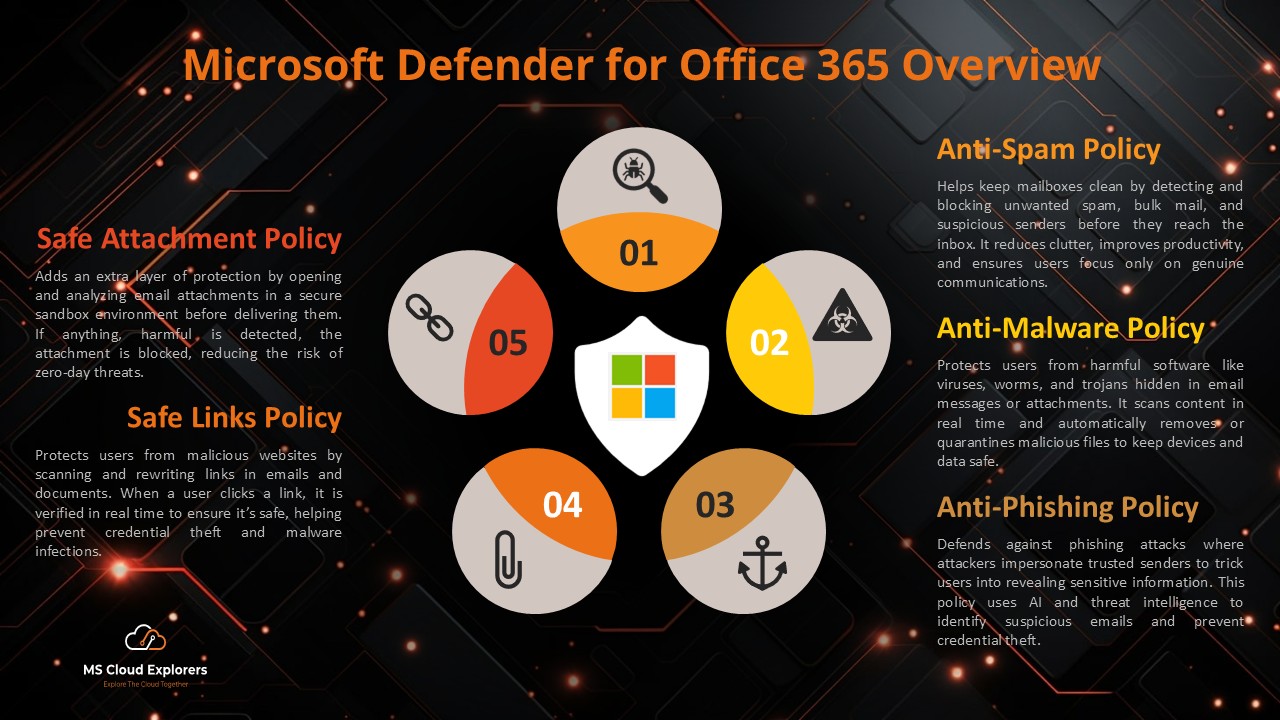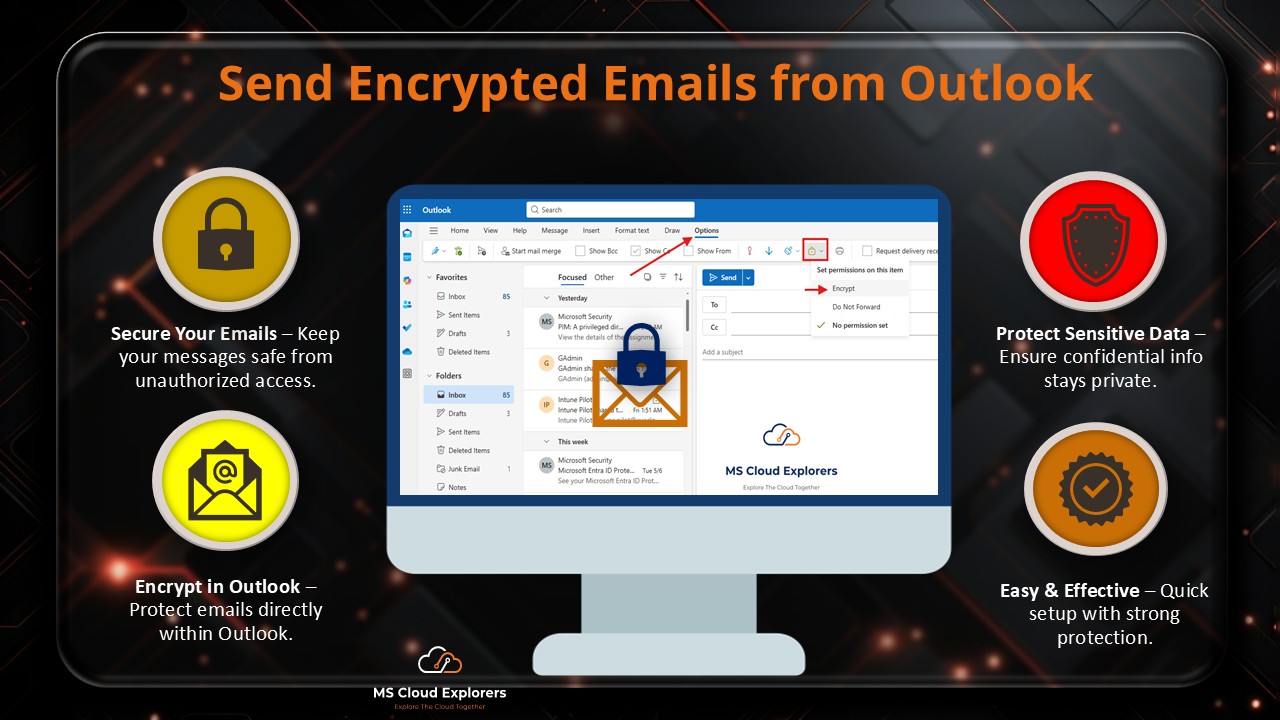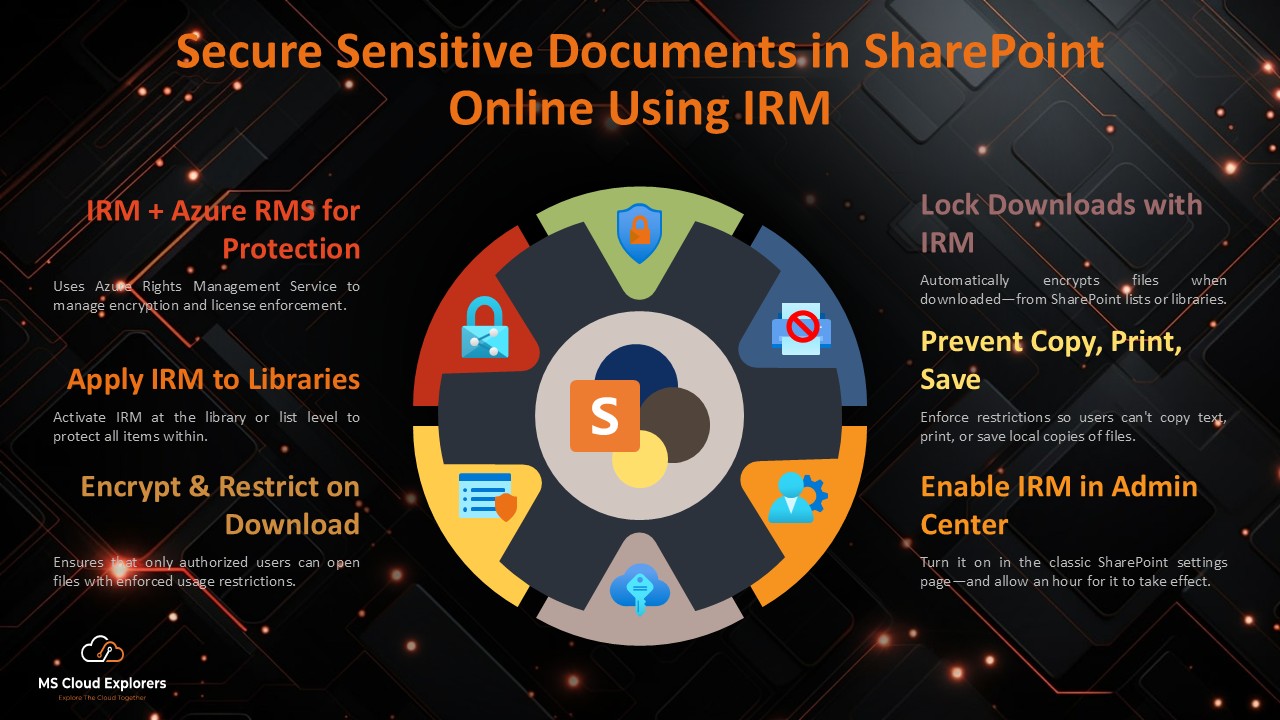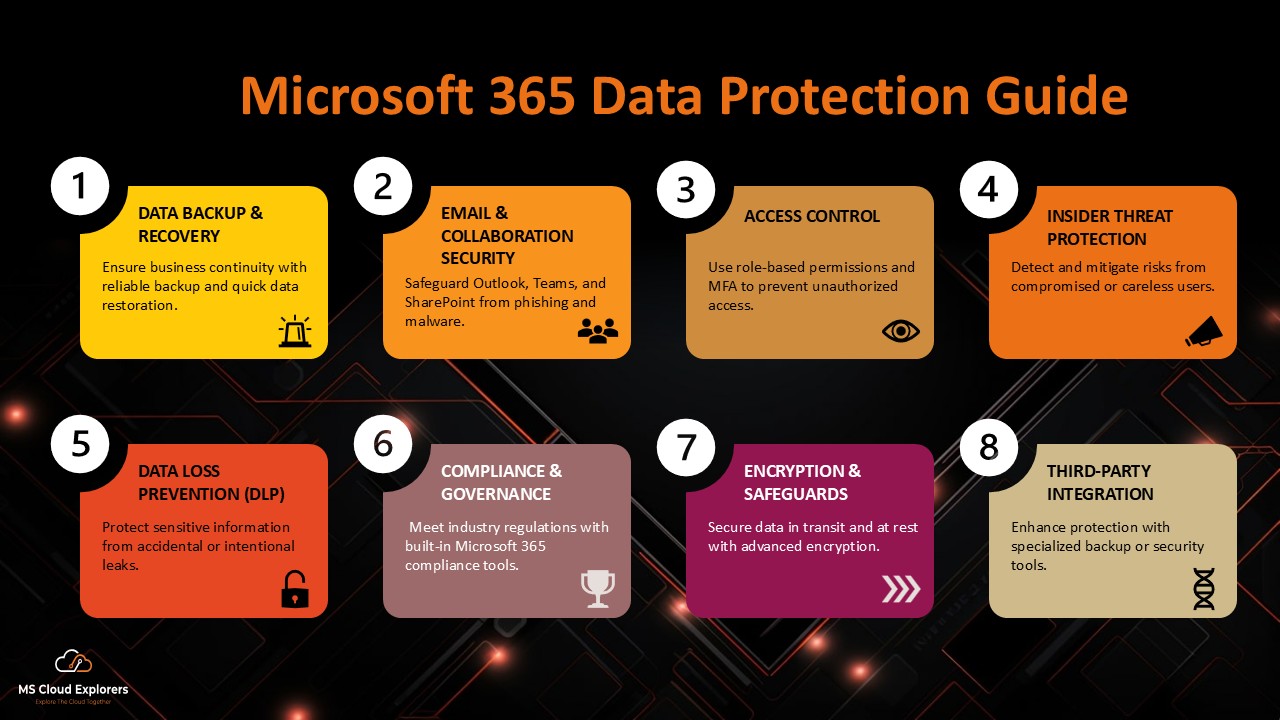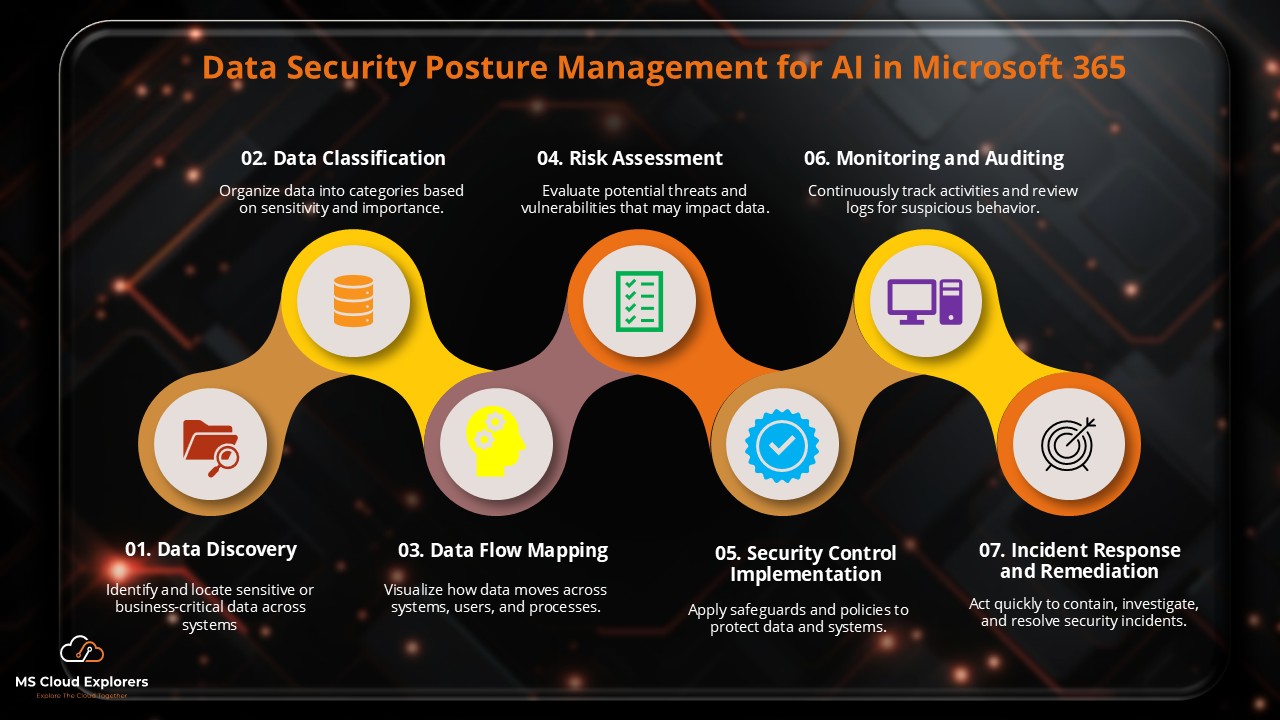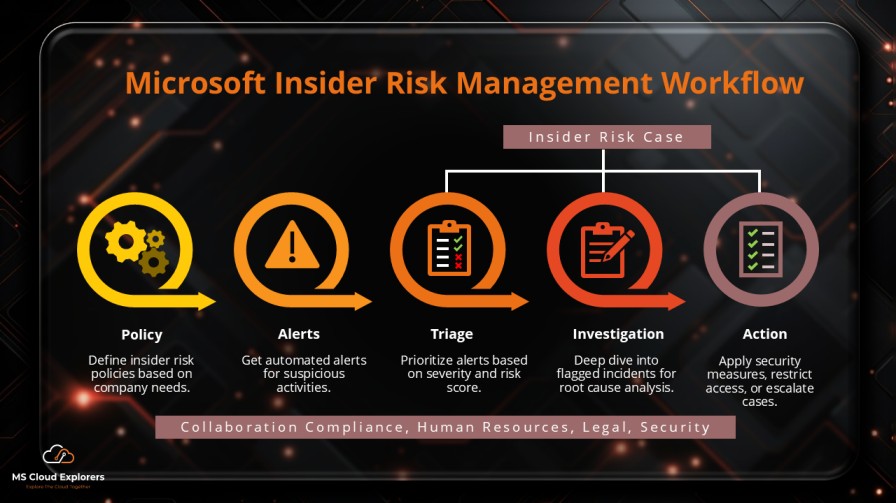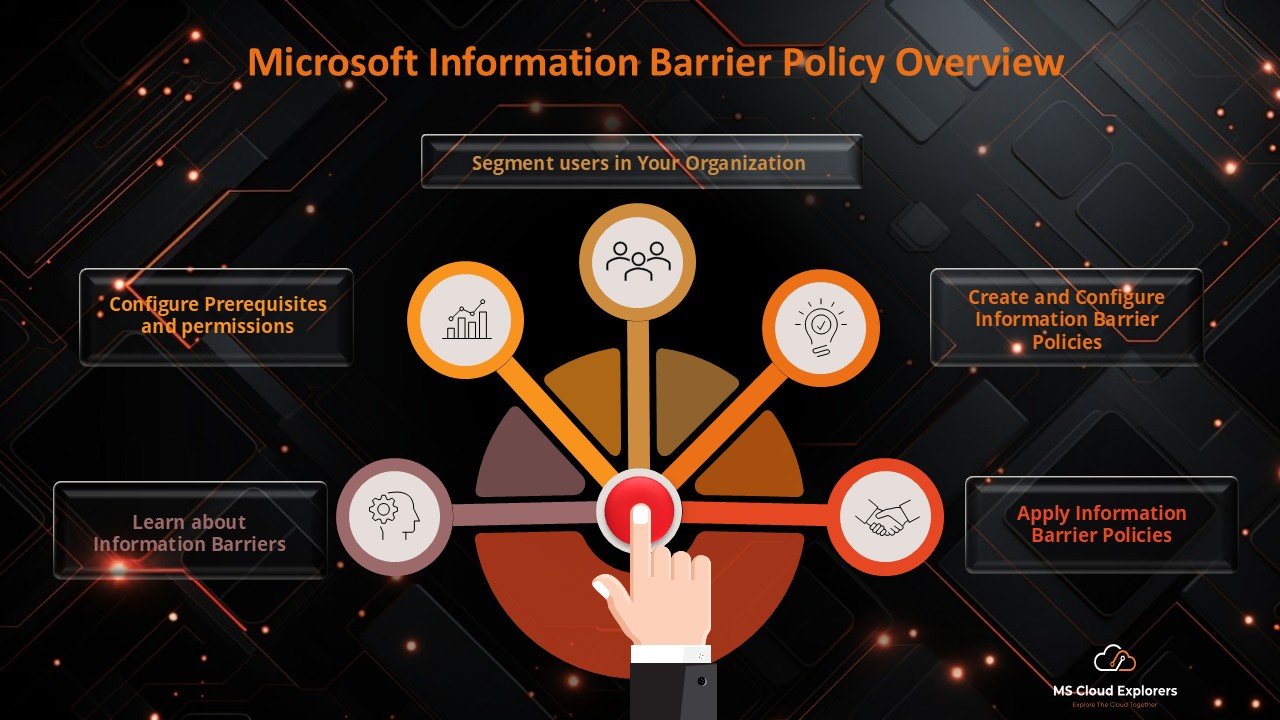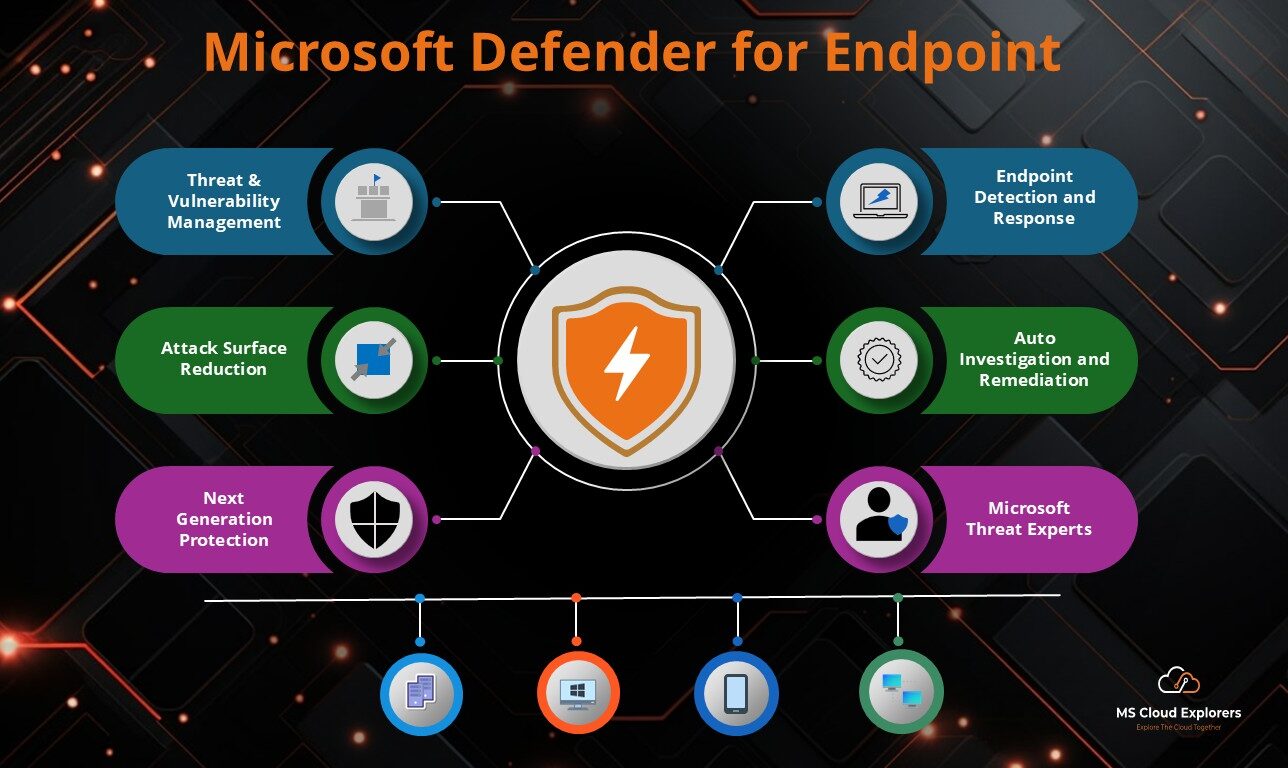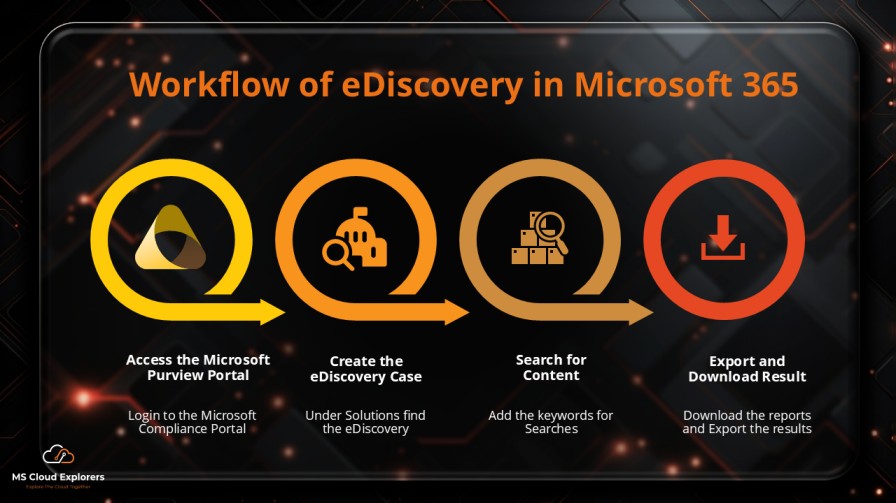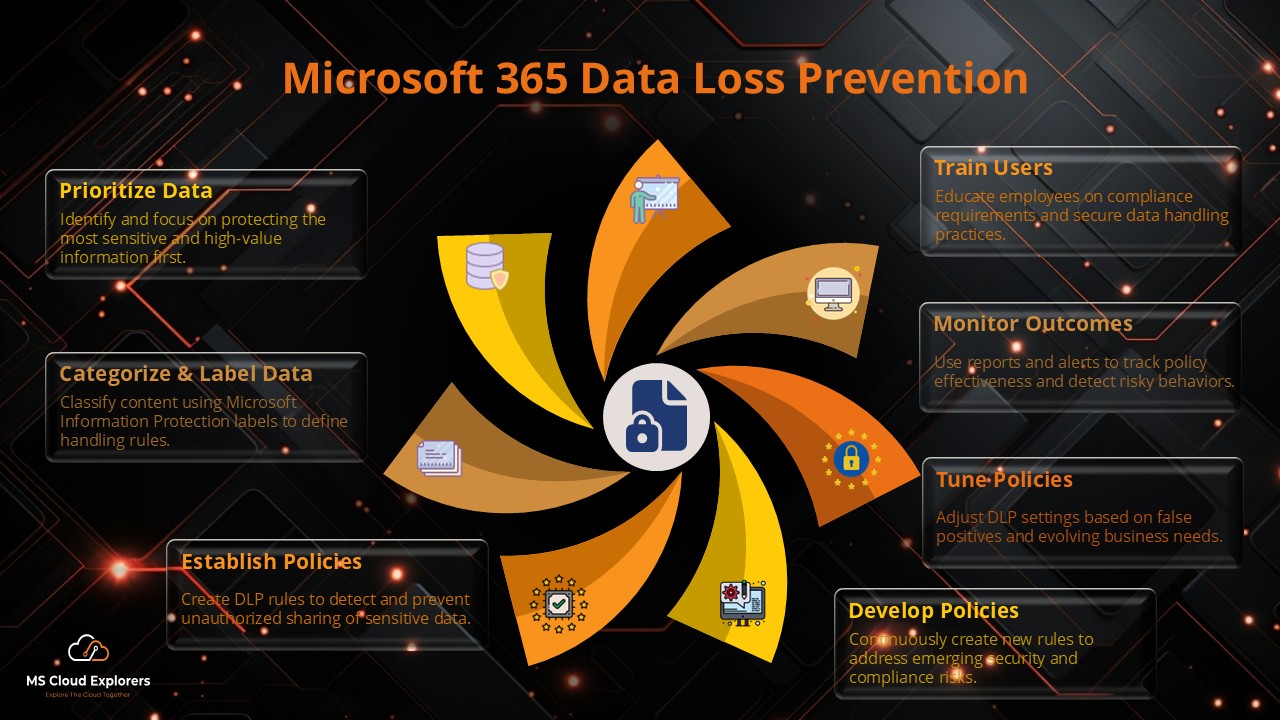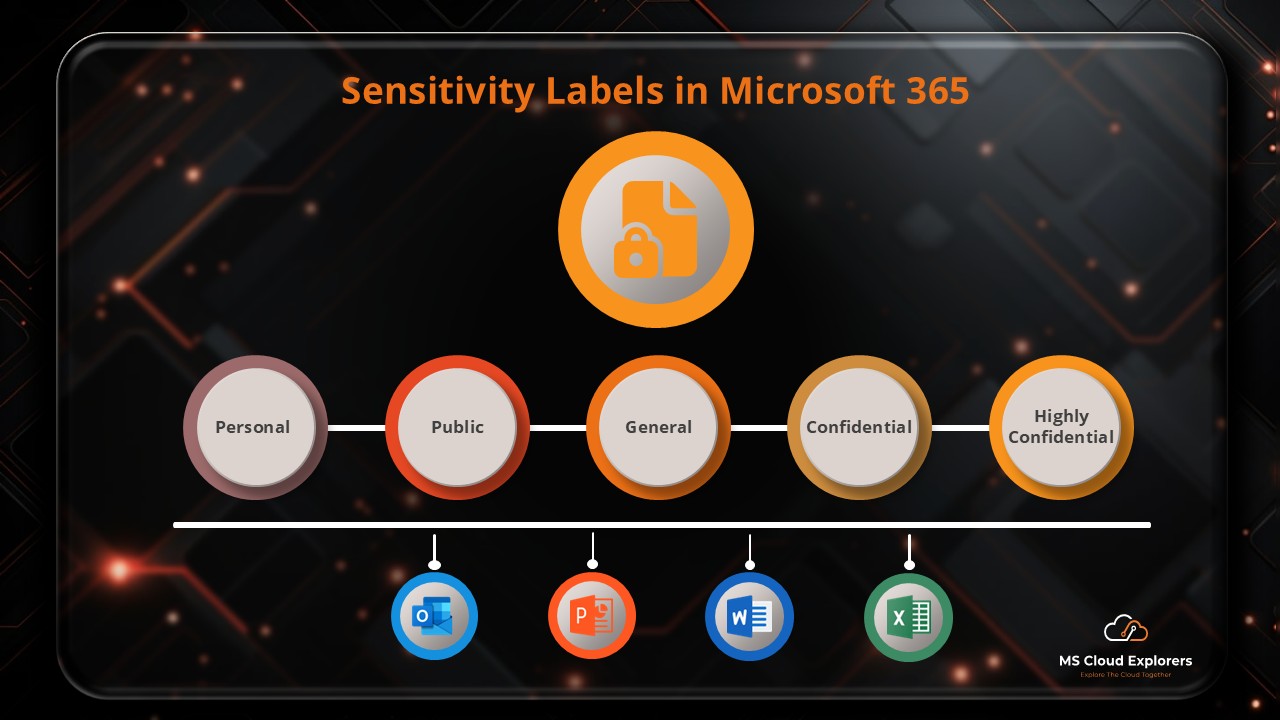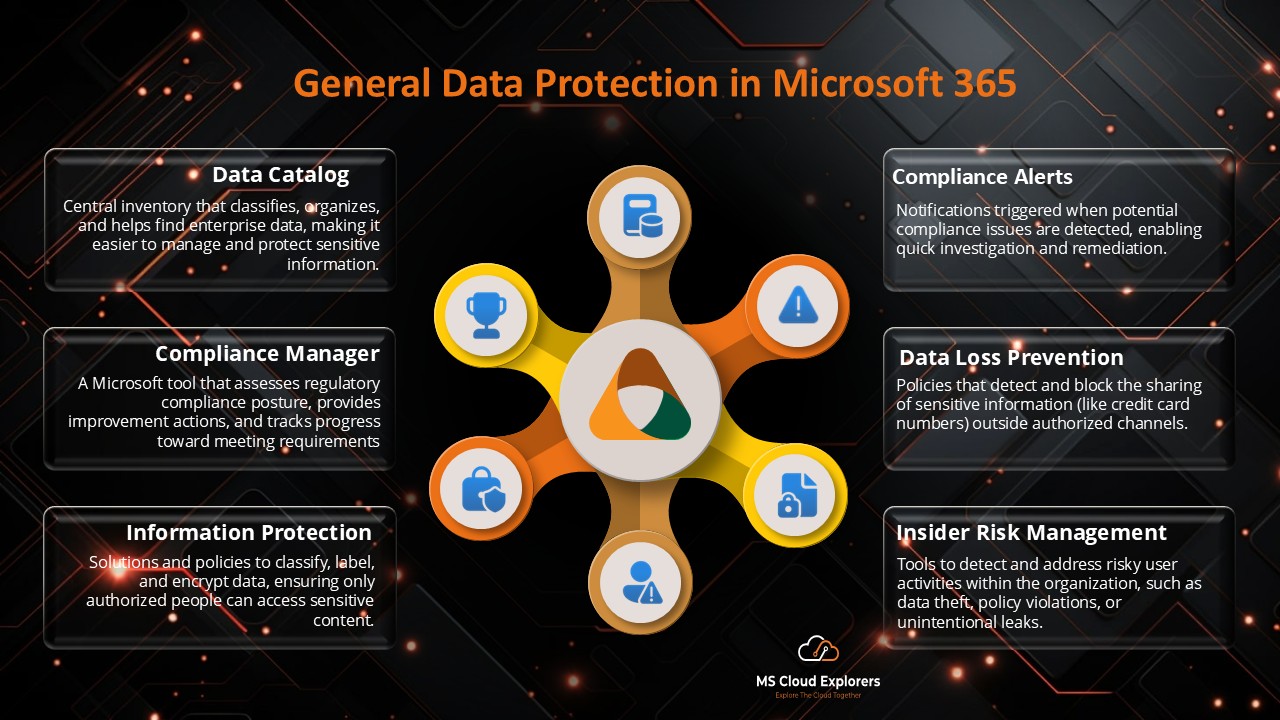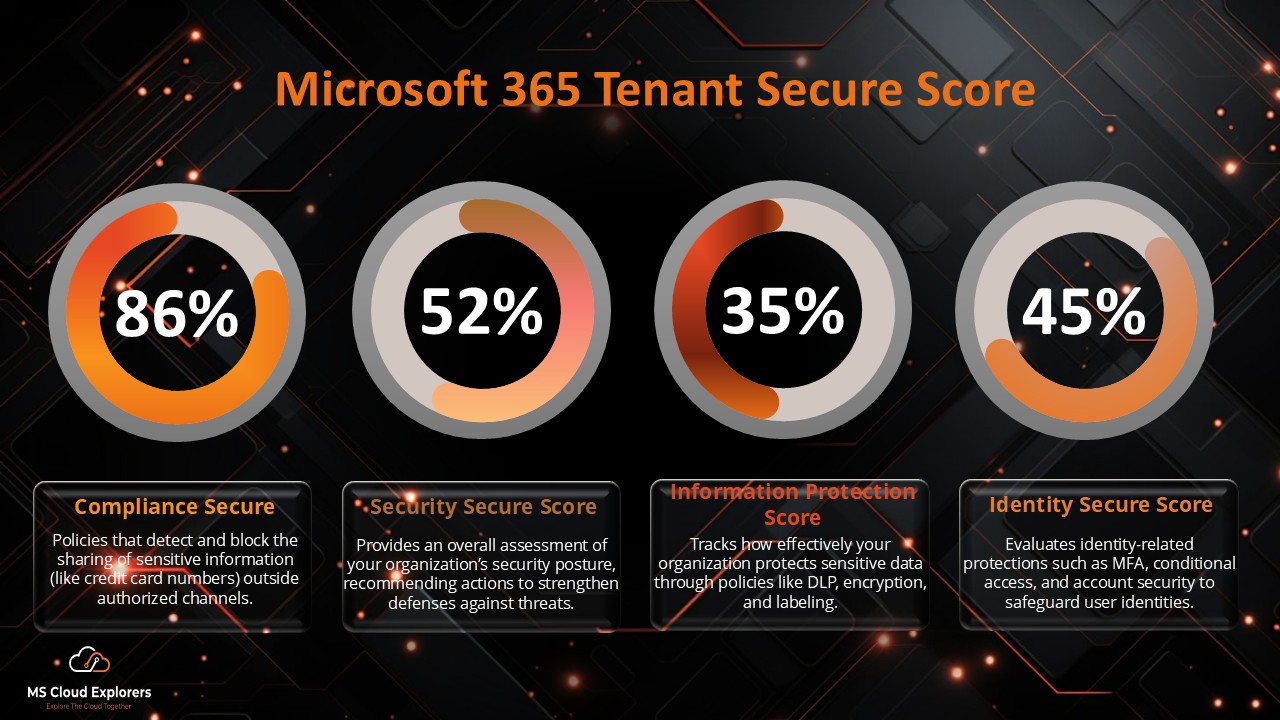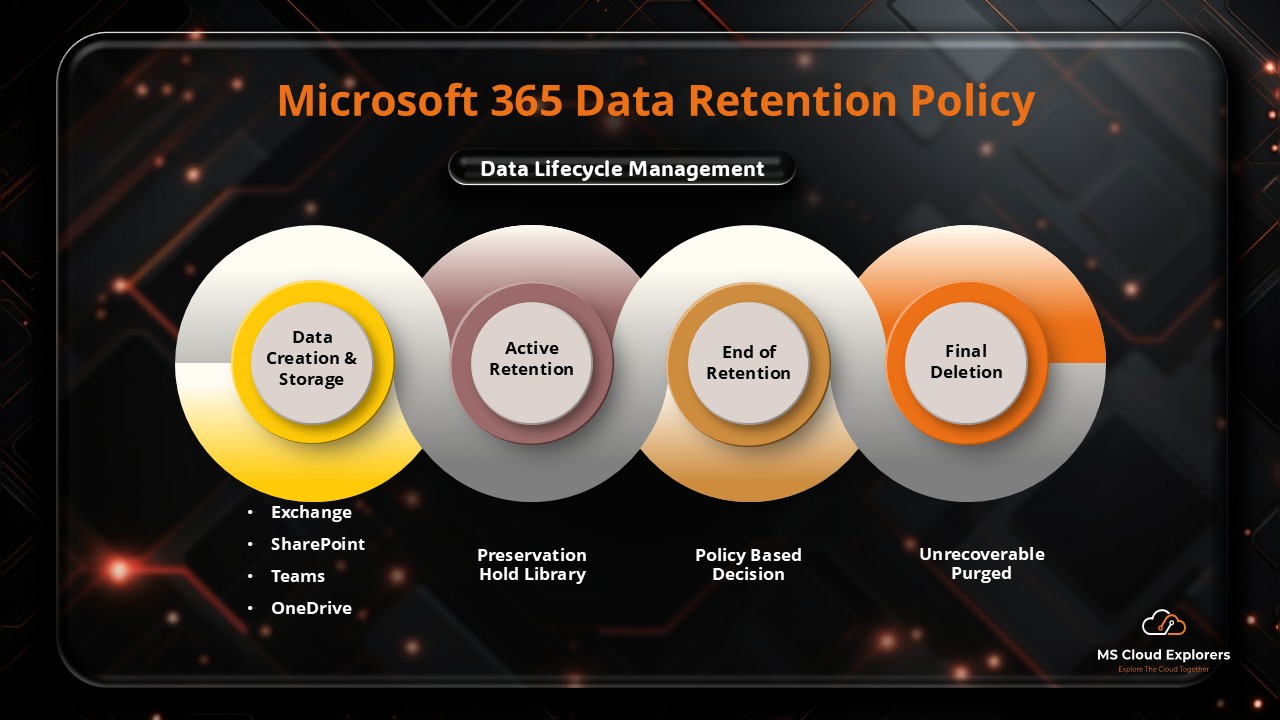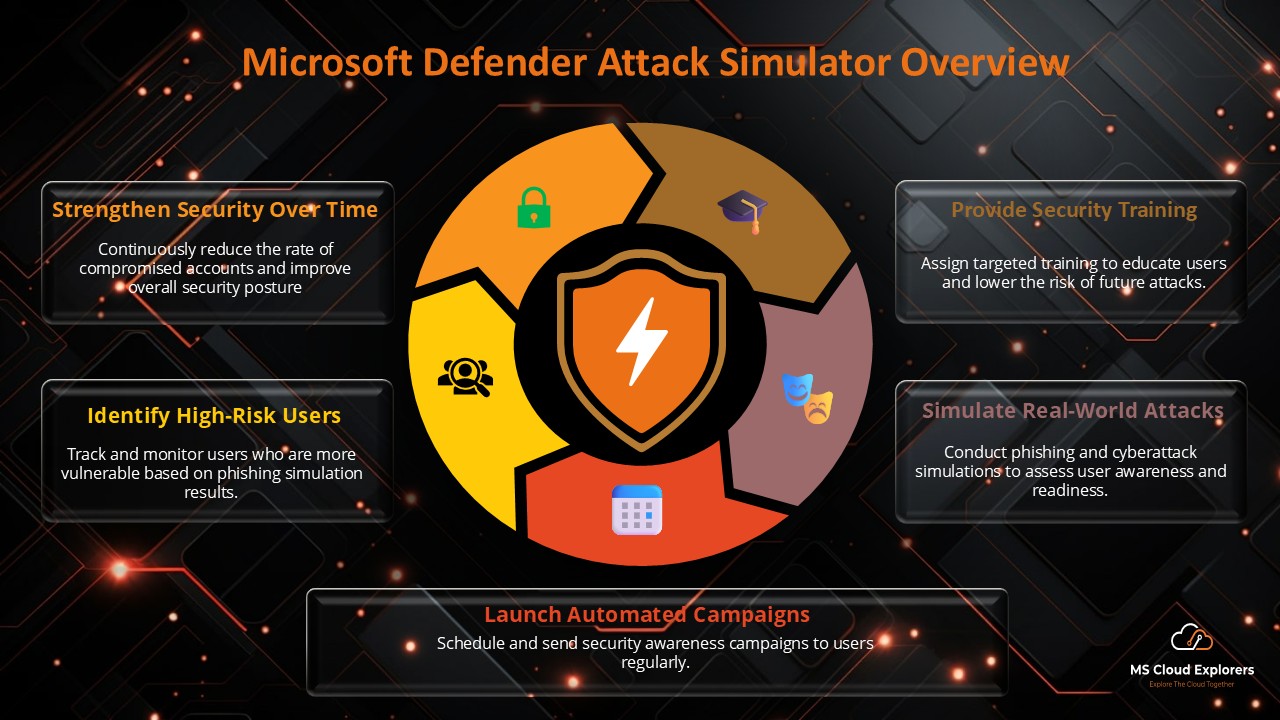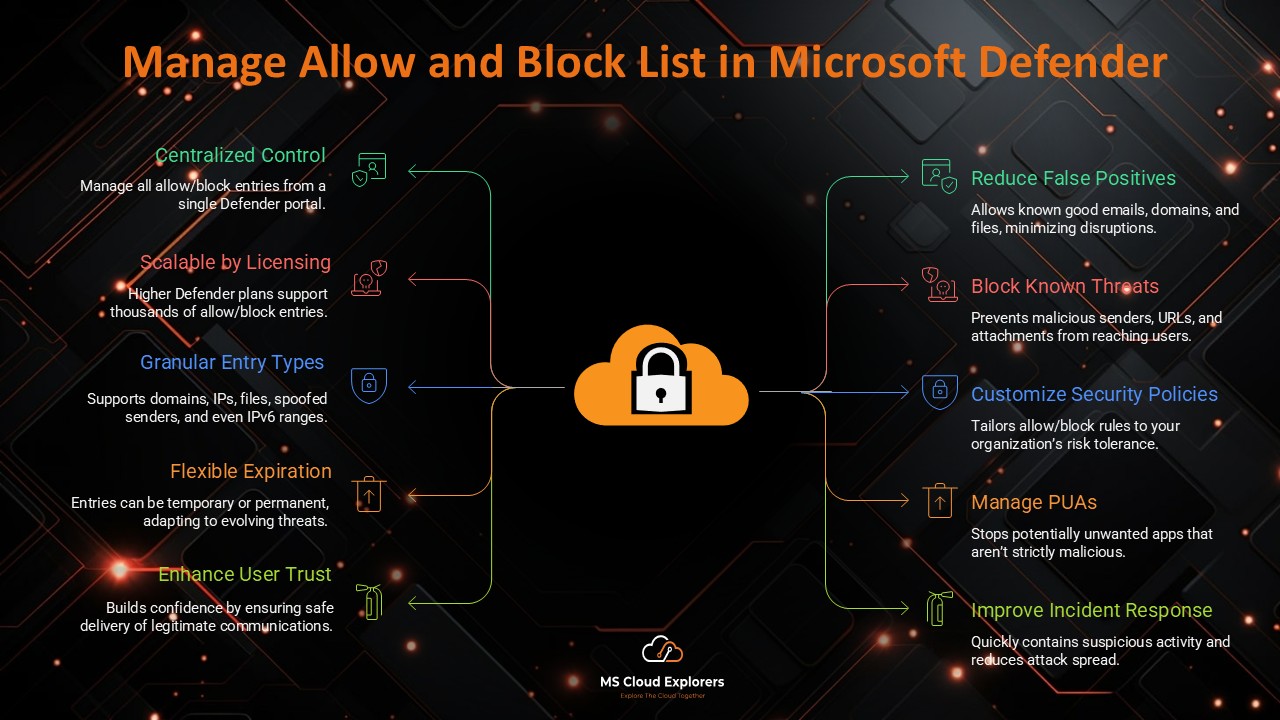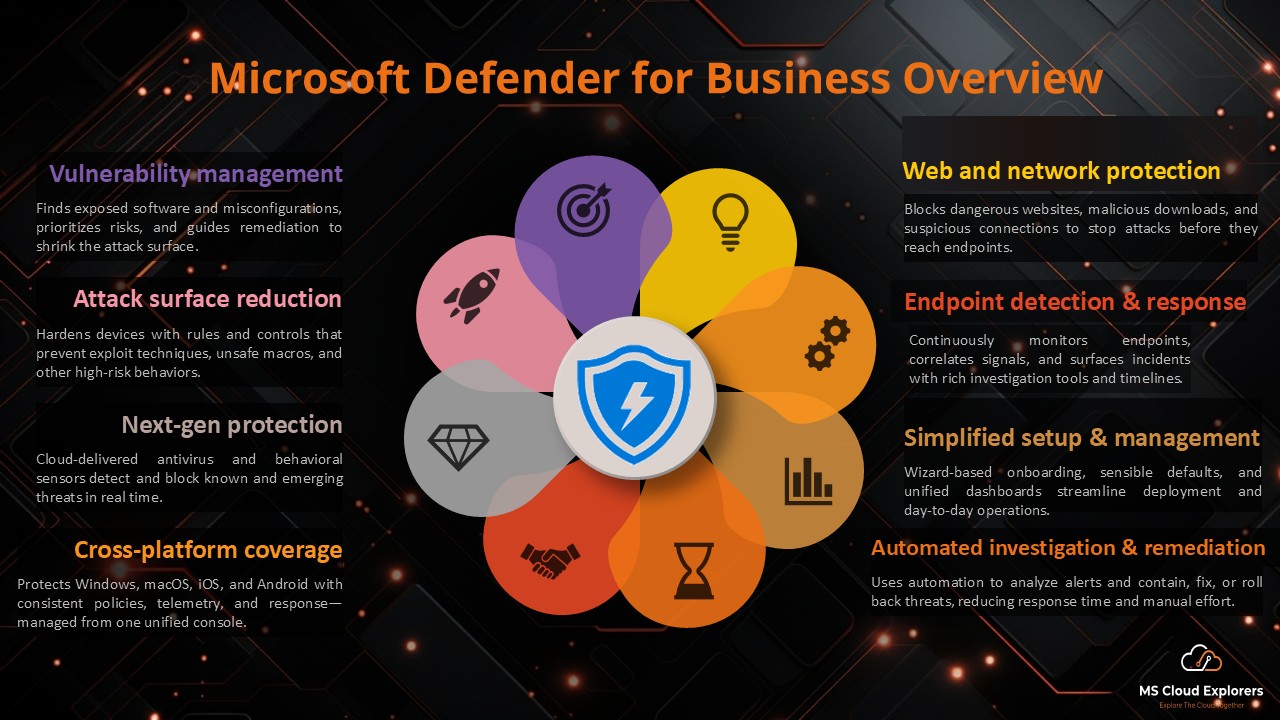
Cybersecurity isn’t just a concern for large corporations anymore. Small and medium businesses (SMBs) are increasingly becoming targets for cyberattacks, but many lack the enterprise-level tools to defend themselves—until now. Microsoft Defender for Business bridges that gap with powerful, easy-to-manage security solutions tailored for businesses with up to 300 users.
If you’ve been wondering whether Microsoft Defender for Business is right for your organization, you’re in the right place. Let’s break it all down—from features to onboarding and everything in between.
What Makes Microsoft Defender for Business Unique?
Unlike other Defender products that are geared towards enterprise IT teams, Microsoft Defender for Business is specifically designed for SMBs. It combines advanced threat protection, simplified management, and affordable pricing in a single package.
Defender for Business offers strong security without being very complicated, whereas Windows Defender Antivirus safeguards individual PCs and Microsoft Defender for Endpoint serves large companies.
Key Features of Microsoft Defender for Business
Threat and Vulnerability Management
Defender continuously scans your environment for vulnerabilities and misconfigurations. It prioritizes which issues to address first, making remediation much more efficient.
Next-Generation Protection
It uses machine learning, big data analysis, and behavioral algorithms to detect and block malware, ransomware, and zero-day attacks before they spread.
Endpoint Detection and Response (EDR)
Get deep visibility into endpoints with tools to detect, investigate, and respond to threats. EDR helps isolate compromised devices and analyze attack chains.
Automated Investigation and Remediation
Time is critical in cybersecurity. Defender automates investigation and response, allowing it to resolve most alerts without human intervention.
Attack Surface Reduction
You can control what apps run, restrict risky scripts, and reduce exposure to exploits. Think of it as locking all your digital windows and doors.
Built-in Security Reports and Dashboards
Monitor your security posture with intuitive dashboards. Get real-time alerts, incident logs, and risk-level overviews all in one place.
Cloud Integration Capabilities
Defender for Business integrates natively with Microsoft 365, Azure Active Directory (Entra ID), Intune, and Microsoft Defender for Cloud Apps, creating a unified security ecosystem.
You can scale up seamlessly by combining it with Defender for Office 365 for added protection across email and collaboration platforms.
Device and Endpoint Protection
You’re covered across:
- Windows 10 and 11
- macOS
- iOS and Android (limited features via Microsoft Defender app)
Whether your team uses personal (BYOD) or company-managed devices, Defender helps secure them with consistent policies and protections.
Email and Collaboration Protection
When bundled with Microsoft Defender for Office 365, it adds:
- Safe Links and Safe Attachments
- Anti-phishing protection
- Real-time scanning for SharePoint, OneDrive, and Teams
So your inboxes and files are safer than ever. Check out the complete configuration guide – Microsoft Defender for Office 365
Deployment and Onboarding Process
Prerequisites
- Microsoft 365 Business Premium or Defender for Business standalone license
- Admin rights in Microsoft 365 (Security Administrator role)
Step-by-Step Onboarding
- Sign in to the Microsoft 365 Admin Center.
- Go to Security Center> Settings.
- Choose the Endpoint.
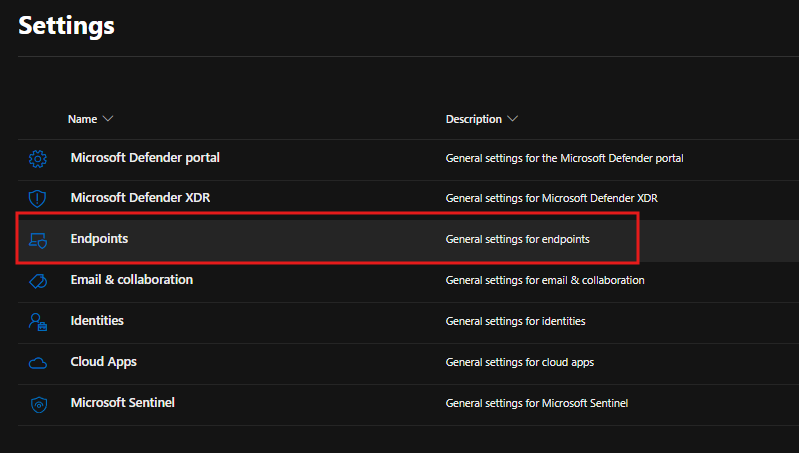
If you’re not able to see the Endpoint option in the settings, it may be because Microsoft Defender is not yet activated or your account doesn’t have the appropriate license to use it.
- In the General > Advanced Features section, enable or disable settings based on your requirements. If you’re using Intune, you can enable the Microsoft Intune Connection to onboard devices directly from Intune.
- Deploy endpoint security settings using Microsoft Intune or Group Policy.
- You can onboard devices either manually or automatically — Microsoft Defender for Business offers multiple options for onboarding devices.
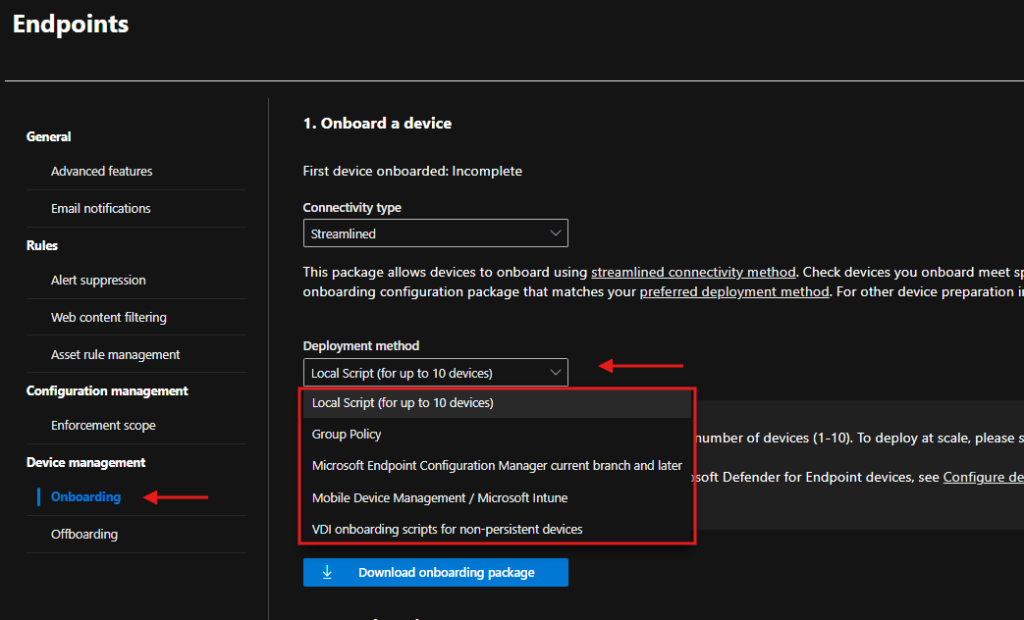
Using Microsoft 365 Admin Center
The centralized portal is user-friendly. Even small IT teams can set up baseline protection in less than an hour.
Licensing and Pricing
Microsoft Defender for Business Standalone
- $3 per user/month (as of 2024)
- Protects up to 300 users
Included in Microsoft 365 Business Premium
- Comes bundled at $22 per user/month
- Includes additional services like Intune, Azure AD P1, and Office apps
How to Buy
You can purchase licenses directly from Microsoft or through a Microsoft CSP (Cloud Solution Provider).
Managing and Monitoring Security
You get:
- Real-time incident alerts
- Threat analytics and insights
- Role-based access controls
- Integration with Microsoft Sentinel for SIEM capabilities
Your security team (even if it’s just you!) can monitor threats and take action quickly.
Integration with Microsoft Security Ecosystem
With Microsoft Defender for Business, you don’t operate in a silo. It connects with:
- Microsoft Entra ID (Azure AD) for identity-based protection
- Intune for endpoint management
- Microsoft Sentinel for advanced monitoring and response
Together, these tools create a multi-layered defense system.
Use Cases and Success Stories
- Retail stores: Secure point-of-sale systems and employee laptops with minimal effort.
- Healthcare: HIPAA-compliant protection for sensitive patient data.
- Startups: Budget-friendly security with enterprise-grade protection from day one.
Pros and Cons of Microsoft Defender for Business
Pros
- Affordable
- Easy to deploy and manage
- Enterprise-grade features for SMBs
- Strong Microsoft 365 integration
Cons
- 300-user cap
- Lacks some advanced controls in Defender for Endpoint Plan 2
- Some mobile device protection features are limited
Tips for Getting the Most Out of Defender for Business
- Enable multi-factor authentication (MFA) with Microsoft Entra ID
- Regularly review your threat analytics dashboard
- Customize attack surface reduction rules for your environment
- Keep your devices patched and updated
- Don’t rely solely on automation—review critical alerts manually
Conclusion
Microsoft Defender for Business is a powerful, flexible, and cost-effective solution for protecting SMBs from cyber threats. It delivers enterprise-grade security without the complexity, helping businesses stay safe while focusing on growth. Whether you’re managing five devices or 300, Defender for Business gives you peace of mind that your systems are secure.
FAQs
1. Is Microsoft Defender for Business good for startups?
Absolutely! It offers robust protection at a low cost, making it perfect for startups and growing teams.
2. Can Defender for Business replace traditional antivirus?
Yes. It not only replaces antivirus but adds EDR, vulnerability management, and real-time remediation capabilities.
3. What happens if you exceed 300 users?
You’ll need to upgrade to Microsoft Defender for Endpoint Plan 1 or Plan 2, which are designed for enterprises.
4. Does it work on mobile devices?
Yes, but with limited features. You can use the Microsoft Defender app on iOS and Android for basic protection and alerts.
👉 Enjoying the read? Stay one step ahead with expert tips, Microsoft Defender insights, and practical security guidance—subscribe to our newsletter now!
🔗 Follow us on LinkedIn for the latest updates, Microsoft 365 security news, and actionable advice to protect and manage your business environment with confidence.

